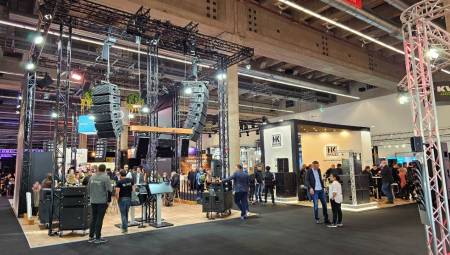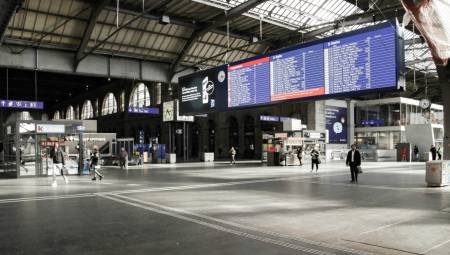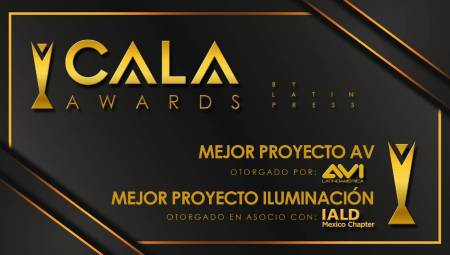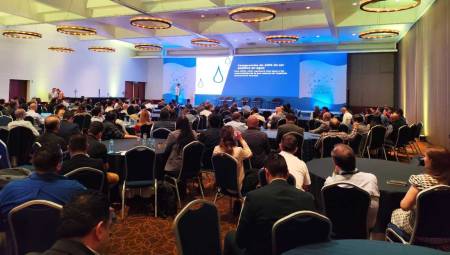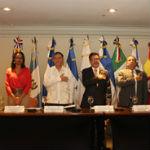 Central America. Under the umbrella of the Mesoamerica Project, the Central American countries launched the Efficient Lighting Strategy, through which they seek to promote policies and practices aimed at reducing the use of incandescent lamps and advancing in the transition to efficient lighting.
Central America. Under the umbrella of the Mesoamerica Project, the Central American countries launched the Efficient Lighting Strategy, through which they seek to promote policies and practices aimed at reducing the use of incandescent lamps and advancing in the transition to efficient lighting.
This is a response to the urgent need to support efforts to mitigate climate change, through a reduction in the consumption of electricity from fossil fuels, and therefore, a decrease in the emission of carbon dioxide (CO2) and greenhouse gases from Central America.
The project also includes the replacement of incandescent lamps and the use of lamps with greater efficiency, to reduce peak energy load and carbon dioxide emissions.
In the case of Central America, according to data from the United Nations Environment Program (UNEP), the electricity produced from the consumption of fossil fuels reaches 59.61 TWh (Terovatio hora) per year, equivalent to a total emission of 73.54 metric tons of carbon dioxide. Of that total consumption, 13%, 7.67 TWh, is used for lighting in the residential sector, which is equivalent to an emission of 2.83 metric tons of carbon dioxide annually.
The Strategy has the financial and technical support of UNEP, through the En.lighten Initiative and the Regional Portal for Technology Transfer and Action against Climate Change in Latin America and the Caribbean (REGATTA), which provided Technical Cooperation amounting to US$300,000.
The beneficiaries will be Guatemala, Belize, El Salvador, Honduras, Nicaragua, Costa Rica, Panama and the Dominican Republic. The Efficient Lighting Strategy in Central America is expected to be completed in November 2013.




